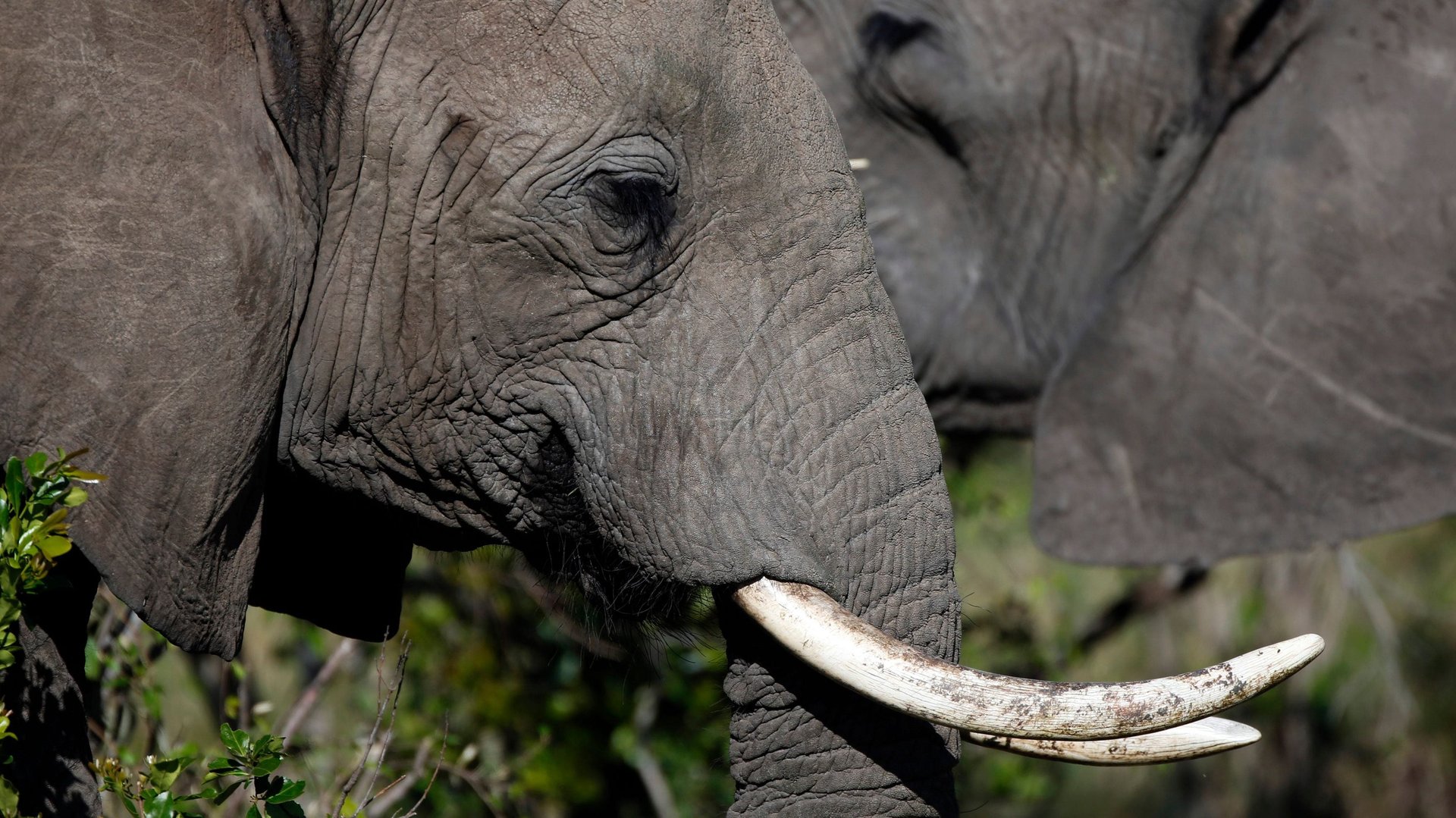The human appetite for meat is driving Earth’s largest animals to extinction
The biggest immediate threat to Earth’s largest animals isn’t the changing climate—it’s humans killing them directly.


The biggest immediate threat to Earth’s largest animals isn’t the changing climate—it’s humans killing them directly.
And while some of that killing is at the hands of poachers, the majority of it is being done to satisfy the human craving for meat and alternative medicines, according to new research published today (Feb. 6) in the journal Conservation Letters. Out of six different categories of animals (mammals, ray-finned fish, cartilaginous fish (such as sharks), amphibians, birds, and reptiles), a team of scientists from Oregon State University carved out a list of 362 so-called “megafauna species.” These included whale sharks, leatherback turtles, Beluga sturgeon, African elephants, the Chinese giant salamander, the Somali ostrich, and rhinos.
In each class of megafauna with the exception of reptiles, the number one reason they are being directly killed by humans was for their meat. The primary reason humans kill large reptiles is for their eggs, the data show. Other leading reasons humans are killing these animals is for medicinal use, for their fur and fins, and unintentionally (such as sharks getting caught in fishing nets).
“Our results suggest we’re in the process of eating megafauna to extinction,” the study states. In fact, 70% of the world’s megafauna will experience further population declines in the near future, and about 59% could go extinct, according to the research.
In the larger context of human history, the study serves as a punctuation mark in the story of how humans rose to become the Earth’s super-predator after the Pleistocene era. Our ability to create tools, such as projectile weapons, is mostly to blame for the shift in predatory power, allowing humans to easily take down animals that would otherwise overpower us in size, speed, and muscle.
Some scientists believe the human drive to kill big animals can be explained by what they call the “optimal foraging theory,” which says predators will attempt to gain the most benefit at the least cost. In other words, maybe humans are hardwired to want to kill the largest animal using the least amount of effort (like pulling the trigger of a shotgun). Yet this behavior is irrational in a modern context. ”The reasons for continuing such a practice are unclear, because the vast majority of human food is produced by agriculture and aquaculture, and most “wild” meat likely comes from smaller bodied species, which are more plentiful,” the study says. In other words, there is no need to be killing large megafauna for food when more than enough already comes from smaller, more abundant creatures.
The report could be seen as a call-to-action for policymakers around the world to take up stronger regulations around the killing of wild and endangered animals. and to start more public awareness campaigns. But it’s also a call to non-profit conservation groups to direct more of their funding power toward addressing direct killing threats head-on by launching more public awareness campaigns. That’s sure to cause a stir among conservation activists, though, as some have complained the world’s megafauna—namely pandas, polar bears, Siberian tigers, and blue whales—already get an outsized amount of attention.